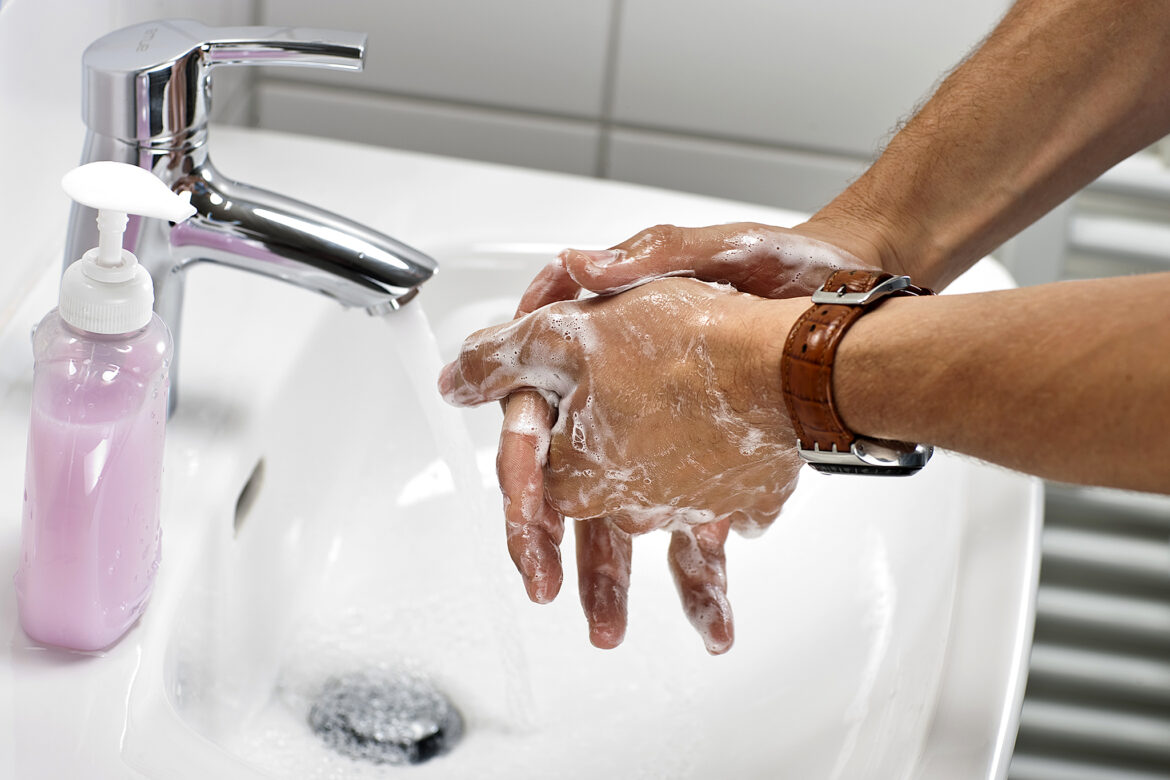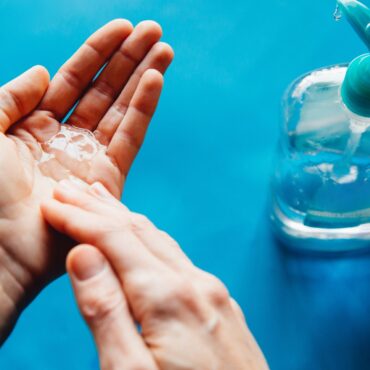What Should Be the Components of Best Hand Wash?
| On Aug01,2021
One of the most important actions we can take to stop getting sick and spreading diseases to others is to keep our hands clean. Hands not washed with soap and clean, running water can spread several diseases and illnesses.
Unwashed hands can move germs to other items, such as staircases, tabletops, or toys, and then to another person’s hands. Handwashing with good hand wash, by eliminating germs, helps to avoid diarrhea and respiratory infections, as well as skin and eye infections.
Handwashing education with good Hand wash:
Teaching people how to wash their hands with a good hand wash makes them and their communities safe. Community-based handwashing education:
- Reduces the number of people who become ill from diarrhea by 23-40%.
- Decrease diarrheal disease by 58 percent in people with compromised immune systems.
- Reduces the prevalence of respiratory diseases such as colds in the general population by 16-21%.
Around 1.8 million children are killed under the age of 5 per year from pneumonia and diarrhea. Handwashing with soap could protect 1/3 young children who get sick with diarrhea, 1/5 young children who get sick with respiratory diseases like pneumonia.
GUIDE TO CHEMICALS IN LIQUID SOAP
Soap keeps our world safe. It cleans homes and businesses, offices, and manufacturing plants — versatile, gentle, and effective, it is in many ways the essential product. Without soap, proper sanitation is nearly impossible.
Humans have made basic soaps for millennia — archaeologists have found fragments of soap recipes dating from as early as 2800 BCE. According to one legend, the word “soap” comes from ancient Rome, where animal fat was unintentionally mixed with wood ash during religious ceremonies on Mount Sapo. People discovered the resulting paste was an effective cleaning agent, and they called it “Sapo” in recognition of its origins.
However, soap-making has evolved since Rome, and modern soap looks much different. What is the process of producing soap, and what are its chemical components? In this guide, we will provide an overview of the typical chemicals involved with liquid soap production, as well as examine the differences between liquid soaps and other everyday cleaning products.
- Sodium Benzoate and Benzoic Acid. …
- Sodium Laureth Sulfate. …
- Methylisothiazolinone and Methylchloroisothiazolinone. …
- Cocamidopropyl Betaine. …
- Fragrance. …
- pH Adjusters. …
- Dyes.
Today, the process of making soap most commonly involves reacting an organic acid with an alkaline chemical like potassium hydroxide or sodium hydroxide. Industrially, the caustic soda base used most often is sodium hydroxide, which is also called lye. The main difference between potassium and sodium soaps is consistency — usually, potassium makes a softer, more water-soluble soap than sodium.
HOW SOAPS GET MADE
Soap-making is a relatively simple process. A standard method involves the saponification of oils and fats, which requires heat. In this method, fats and oils get heated and then reacted against a liquid alkali — this process produces soap, plus excess water and glycerine.
Another common way to make soap is by neutralizing fatty acids with an alkali, most often sodium hydroxide. First, oils and fats get hydrolyzed, or split, using high-pressure steam. This step separates the fats into crude fatty acids and glycerine. Next, the fatty acids get purified through distillation and then neutralized by an alkali, which produces soap and water.
If the alkali is potassium hydroxide, the result is a potassium soap. Potassium soaps are the “soft” liquid soaps that quickly dissolve in water. Alternately, if the alkali is sodium hydroxide, the result is a sodium soap. These are called “hard” soaps and are less water-soluble than soft soaps.
This is the way, the best hand wash is made with these components.


